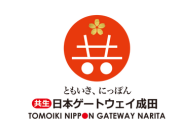Quinta do Noval, Portugal (16)
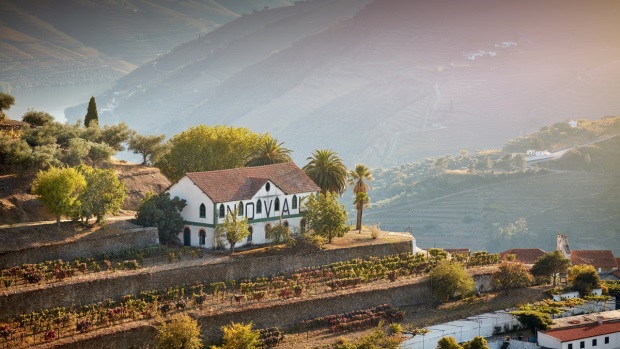
Quinta do Noval is unique among estates in the Douro in that it is the only Port wine producer named after its vineyard and only uses the 192ha of vines that surround the property to produce its wines.
Tours begin beneath the sprawling cedar tree at the front of the old house and include a visit to the vines, including the famous Nacional plot which produces one of the most highly-prized Ports in the world: it’s the only Vintage Port made from a single plot – but only in the very best years.
As for the winemaking, the winery still presses the grapes underfoot in traditional stone lagares and ages the wines in old wooden barrels.
d’Arenberg, Australia (17)
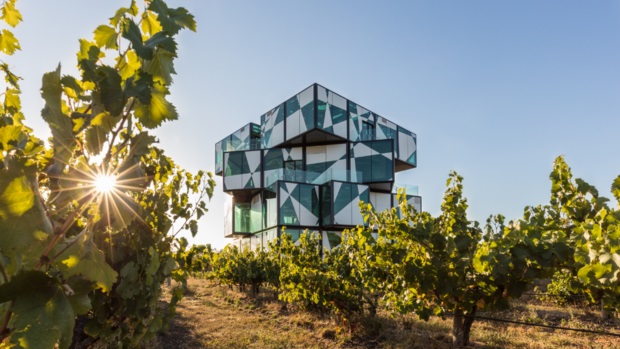
The symbol of McLaren Vale winery d’Arenberg is the eye-catching, modernist Cube among the vines. But the wines, like ‘Dead Arm Shiraz’ and ‘The Athazagoraphobic Cat’, are made in a very traditional way. In the cellar, all grapes are crushed in a basket press, the red wines are trodden by foot and tanks are left open for fermentation. Here, there is a firm belief that each vineyard has its own personality so these time-honoured techniques – while more labour intensive – allow these personalities to shine through and produce higher quality wines, with more delicate white wines and sophisticated reds.
Ceretto, Italy (29)
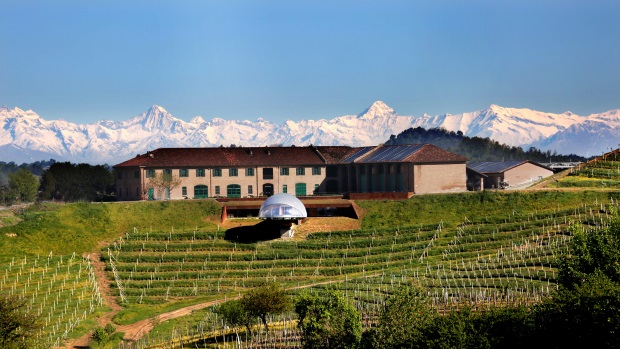
One of the most striking architectural works at the Monsordo Bernadina Estate is the ‘Acino’ or ‘grape’, a viewing platform suspended above the vineyard. This futuristic bubble, accessed through the barrel room, transports visitors from the dark interior where the wines are left to mature into the bright, light-filled countryside where they were born. It is a sight that never fails to delight and amaze guests.
Bodega Diamandes, Argentina (48)
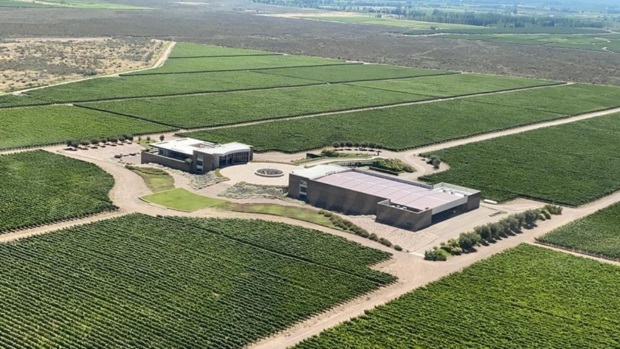
There is a long tradition of winemakers from great European wine regions seeking to broaden their horizons and found new enterprises in new terroirs. Unsurprisingly, many of them find what they are after in Argentina. The combination of Mendoza’s pristine environmental conditions, optimum growing conditions and sheer intensity of the fruit and wines is an irresistible lure. In 2005, the Bonnie family, owners of Château Malartic-Lagravière and Château Gazin Rocquencourt in Bordeaux, looked for their very own piece of this unique setting. The result was Bodega DiamAndes in the heart of the Uco Valley, a prestigious sub-region of Mendoza.
The estate’s philosophy combines the winemaking knowledge and traditions of Bordeaux in a way that respects and enhances the elegance of the local terroir. Located over 1,000 metres above sea level in the foothills of the Andes, the 130ha of vines are farmed organically and by hand to ensure that the grapes reach the highest quality. The greater natural balance this creates in the plants helps ensure the intensity and balance of the fruit characteristics before they even reach the winery. The winery too was designed to harmonise with its surroundings and leave a minimal impact. The building is thermally isolated and makes extensive use of natural light to make its energy usage highly economical.
The Franco-Argentine blend is also evident at DIAM’s Bar & Bistrot, a high-end restaurant mixing Argentine produce with a touch of French gastronomic flair.
Champagne Bollinger, France (23)
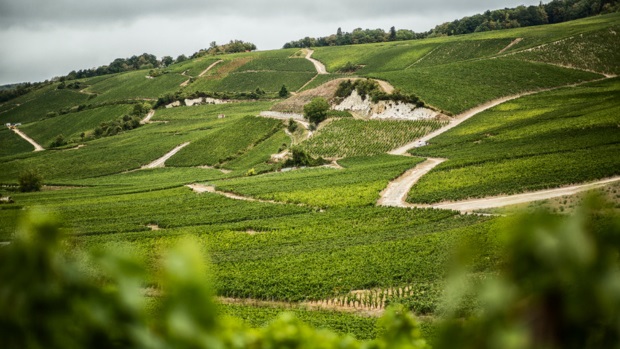
Bollinger – the last house in Champagne to employ a resident cooper – continues to emphasise the traditional use of barrels for vinifying its best wines. Today, Bollinger has the largest collection of barrels in the region, 4,000 in total. Some of these are over a century old and so need exacting care and attention.
At any one time, Bollinger also stores as many as 800,000 magnums filled with reserve wines for its Special Cuvée and Rosé blends. These ‘aromatic bombs’ contribute to the intensity and complexity of the non-vintage wines and are the signature of the house style.
Bodega Colomé, Argentina (24)
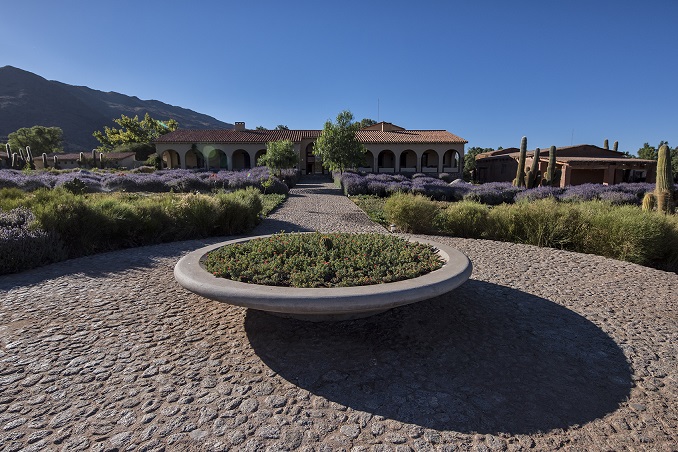
The water for irrigating the vineyards of Argentina’s oldest winery, Bodega Colomé, comes from snowmelt, while local streams generate electricity through a hydroelectric system.
Château de Beaucastel, France (34)
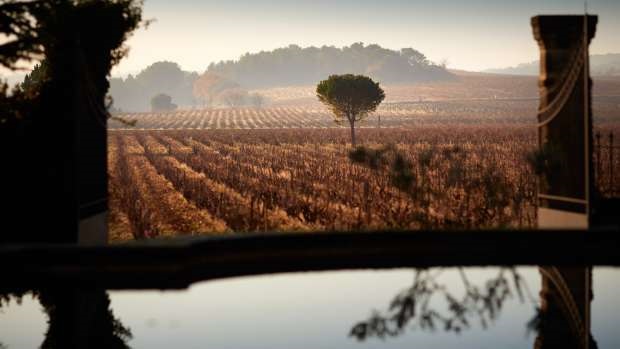
Of the 130ha at the Perrin family’s estate – which adopted organic farming in 1950 and biodynamics in 1974 – only 100ha are ever planted with vines, with the remaining 30ha allowed to rest and recover for at least a decade before being planted with vines once more.
Brooks Wine, USA (28)
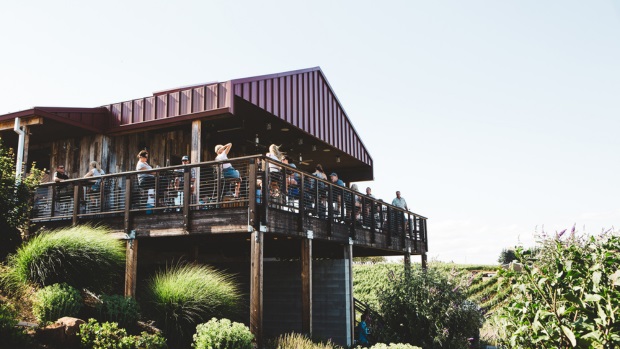
Founded in 1998 in Willamette Valley, the heart of Oregon’s wine country, Brooks Wines has a strong commitment to the environment. As well as being biodynamically certified by Demeter, the winery is B Corp certified, partners with Ecologi to plant trees worldwide, and is a member of 1% for the planet – probably the only winery in the world aligned with all four.
Through its biodynamic farming, it commits to enhancing and strengthening biodiversity in its vineyards and low-intervention winemaking in the winery. Via its B Corp commitments, the winery has made great strides to further the welfare of its employees and improve its recycling and overall sustainability programmes. The winery gives 1% of its annual revenue towards collective fundraising to protect the future of the planet. From this, it has also formed a fundraising partnership of its own with Kiss the Ground which supports regenerative agriculture.
Bodega Bouza, Uruguay (30)
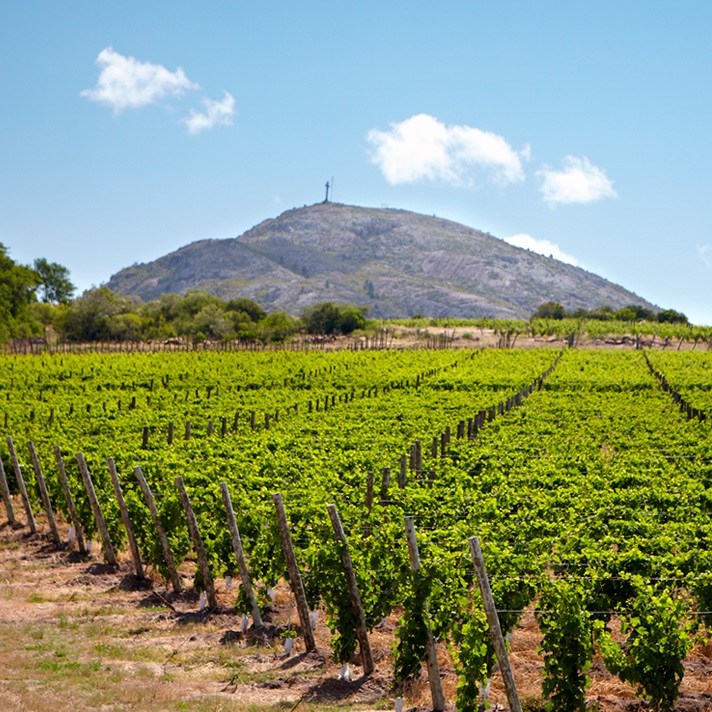
The harvest is done manually at Bodega Bouza and, to ensure the best final results, each half-hectare plot is picked and vinified individually in a series of micro-cuvées before a final blend is made.
Weingut Dr Loosen, Germany (12)
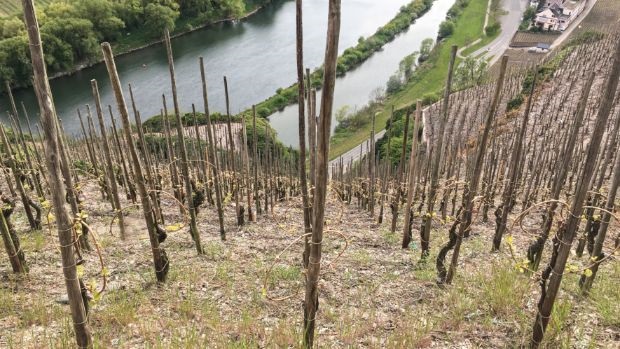
With China’s younger drinkers gaining a taste for off-dry Rieslings, Mosel-based Dr Loosen has accelerated its China strategy by officially launching a locally registered Chinese company. The famous Riesling producer has also debuted on China’s mega app WeChat with an official Chinese WeChat account communicating directly with local traders and consumers.
Vik, Chile (3)
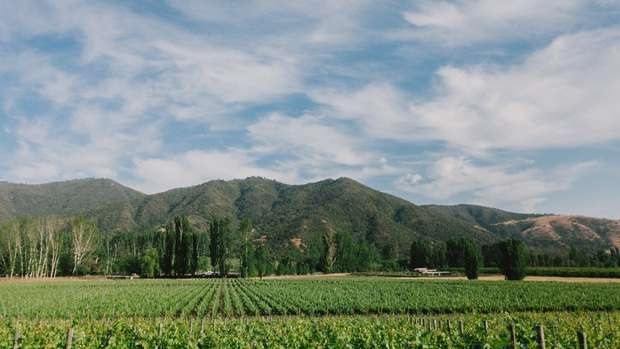
The ethos behind Vik’s wines is echoed in the hospitality offer: just as every single element must come together to produce exceptional wine, so it is to create a truly memorable moment of hospitality.
Finca Victoria - Durigutti Family Winemakers, Argentina (13)
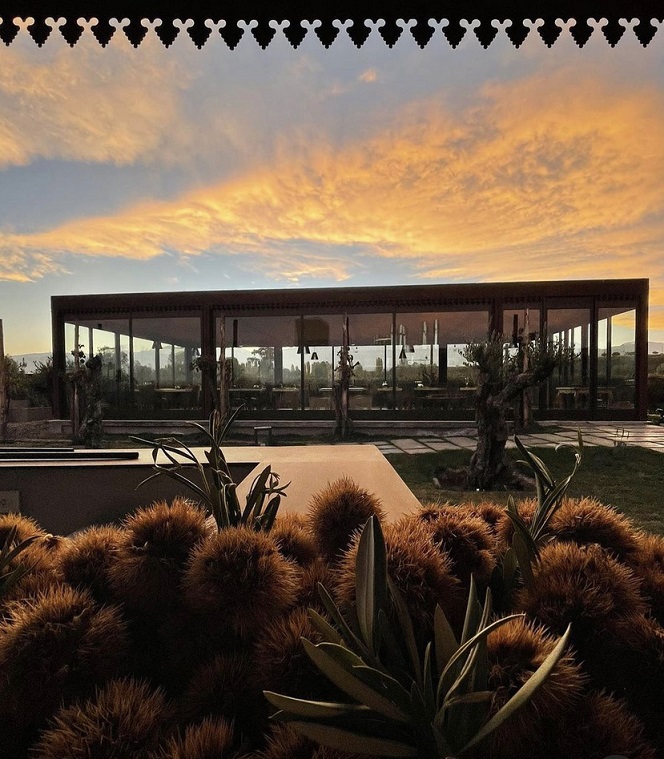
Diners at Durigutti Family Winemakers’ new restaurant, 5 Suelos - Cocina de Finca, can experience chef Patricia Courtois’ epic and inventive storytelling by choosing something like the History Menu, a voyage through 14 wine and food pairings telling the story of Argentine wine.

 English
English French
French
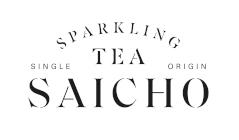

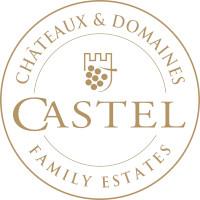


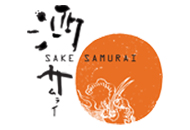
.png)
